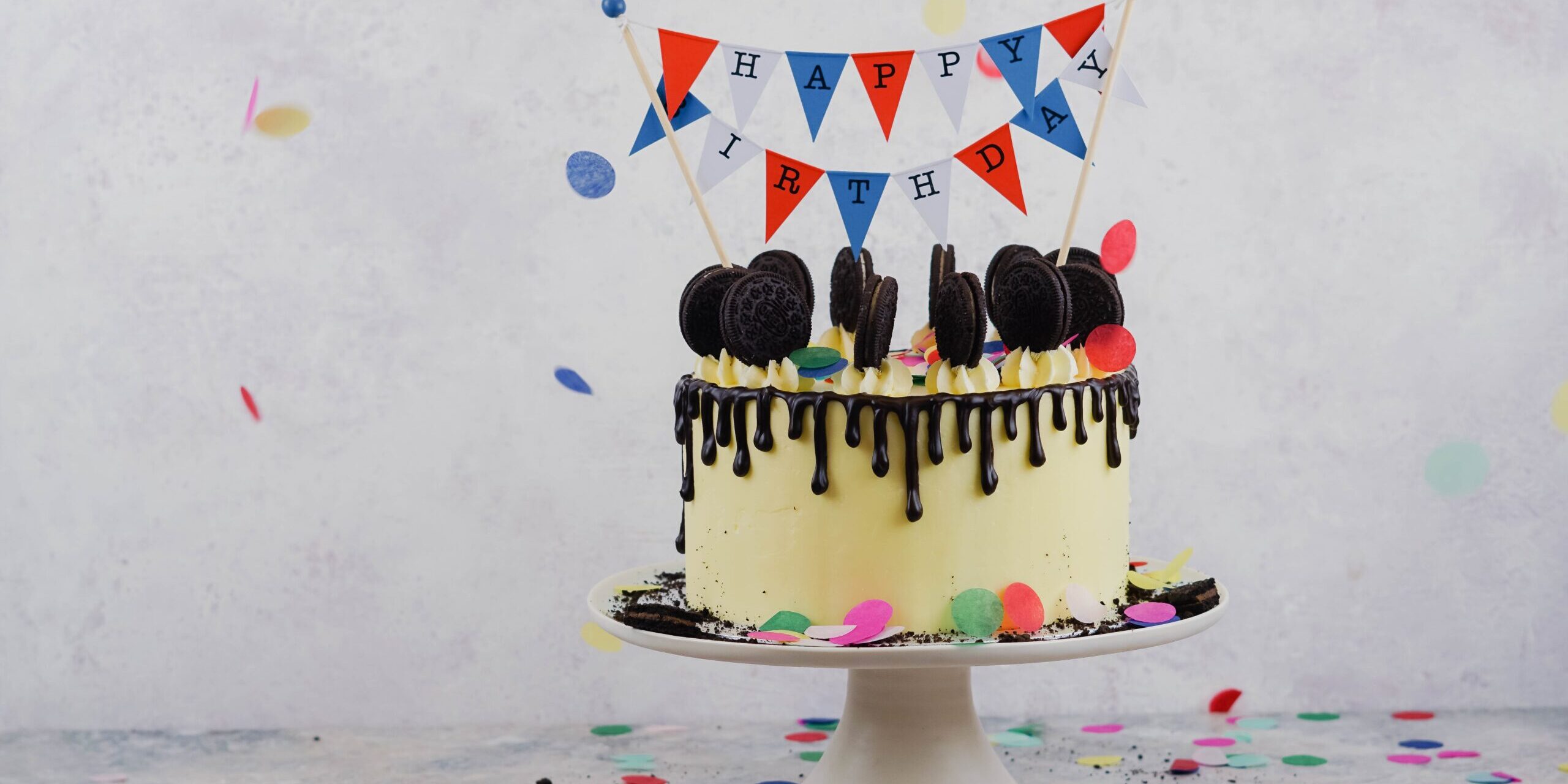Whoa, hang on! Did you know that if you’re in a classroom with 23 people, there’s a 50% chance that at least two of them have the same birthday? Sounds crazy, right? This mind-boggling phenomenon is known as the Birthday Paradox. Dive in with me, and let’s unravel this mystery and check out other probabilities that will blow your mind!
What’s the Birthday Paradox Anyway?
I get it, hearing that 23 people in a classroom have a 50% probability of sharing the same birthday seems far-fetched. I mean, there are 365 days in a year (let’s forget about leap years for a sec). Most would guess the chance is around 6.3%. This weird gap between our gut feeling and the real math is what makes it a paradox.
The Proof Behind the Paradox
Time for some math magic! To understand this, let’s look at the odds that two people have different birthdays:
\(\displaystyle \frac{365}{365}×\frac{365-1}{365}\)
Now, for \(n\) people having distinct birthdays, the probability \(R\) is:
\(\displaystyle R= \frac{365}{365}×\frac{365-1}{365}・・・\frac{365-(n-1)}{365}\)
\(\displaystyle R= \frac{365!}{365^n(365-n)!}\)
And to find the probability \(Q\) that at least two of them share a birthday:
\(\displaystyle Q=1-R\)
\(\displaystyle Q=1-\frac{365!}{365^n(365-n)!}\)
FYI, Excel users, your software taps out at factorials of 170. Wanna try this out? Use this:
\(\displaystyle Q=1-\frac{{}_{365} P_{n}}{365^{n}}\)
Thanks to the PERMUT function, you can crunch these numbers.
What if There are More Peeps in Class?
In a real-world class of around 40 or even 100 at college, what are the chances? Here’s a fun fact:
| Class Size | Probability of having students with the same birthday |
|---|---|
| 23 students | 50.7% |
| 30 students | 70.6% |
| 40 students | 89.1% |
| 50 students | 97.0% |
| 60 students | 99.4% |
| 70 students | 99.92% |
| 80 students | 99.991% |
| 90 students | 99.9994% |
| 100 students | 99.99997% |
In a group of 100, there’s a staggering 99.99997% chance that two folks share a birthday. Mind. Blown.
The Odds of Sharing MY Birthday
But what about sharing a birthday with you in that group? With \(n\) classmates, the chance \(Q’\) is:
\(\displaystyle Q’=1-\left( \frac{364}{365} \right) ^n\)
Here are the calculated results:
| Class Size | Probability of having someone with the same birthday |
|---|---|
| 23 students | 6% |
| 30 students | 8% |
| 40 students | 10% |
| 50 students | 13% |
| 60 students | 15% |
| 70 students | 17% |
| 80 students | 20% |
| 90 students | 22% |
| 100 students | 24% |
This drops the odds significantly. Feels a bit more intuitive, doesn’t it?
Other Shocking Odds
Just like the Birthday Paradox, here are more wild probabilities:
Same Pet Cat Breed
Did you know there are roughly 100 cat breeds? Gather 12 cat owners, and there’s a 50% chance two of them have the same breed of furball.
Matching Hair Count
What are the odds someone has the EXACT number of hairs on their head as you? Humans sport around 140,000 strands on average. In a group of 441, there’s a 50% chance two people match up.
DNA Match Odds
The chances of matching DNA during police tests? 1 in about 4.7 trillion. Sounds infallible! Yet, if you test 2.56 million folks, there’s a 50% chance of a match.






